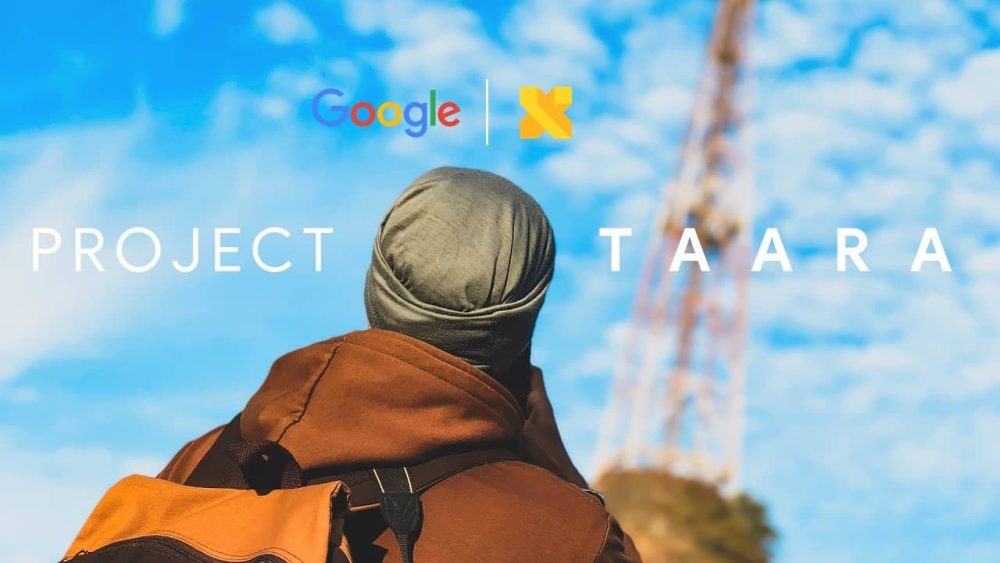Alphabet’s X division, the parent company of Google, has achieved a notable advancement in its Taara initiative by creating a silicon photonic chip that improves laser-based internet transmission. In contrast to conventional fiber optic cables, Taara employs laser beams to establish “light bridges,” enabling internet delivery at speeds of 10 Gbps over distances of up to 1 kilometer. The latest iteration of Taara’s light bridge technology minimizes the requirement for large mechanical components—such as gimbals, mirrors, and lenses—by integrating them into a compact chip that is no bigger than a fingernail.
Taara has successfully established its effectiveness by linking Brazzaville and Kinshasa across the Congo River in Africa, resulting in a fivefold reduction in internet costs in Kinshasa. Additionally, it significantly contributed to enhancing bandwidth during Coachella 2024, thereby further validating its practical utility.
Prospects For 7G Networks
Project leader Mahesh Krishnaswamy emphasizes that Taara’s technology has the potential to provide “10, if not 100 times more bandwidth” compared to satellite-based solutions such as Starlink in areas with high population density. Concurrently, Astro Teller, the head of X, perceives this advancement as a crucial stepping stone for the development of future 7G networks, particularly as radio frequency bands face increasing congestion.
As Taara approaches commercialization, the company is preparing to transition from X and seek external funding. In a recent blog post, Taara announced that its new chip will be available in upcoming products set to launch in 2026.
For more daily updates, please visit our News Section.

